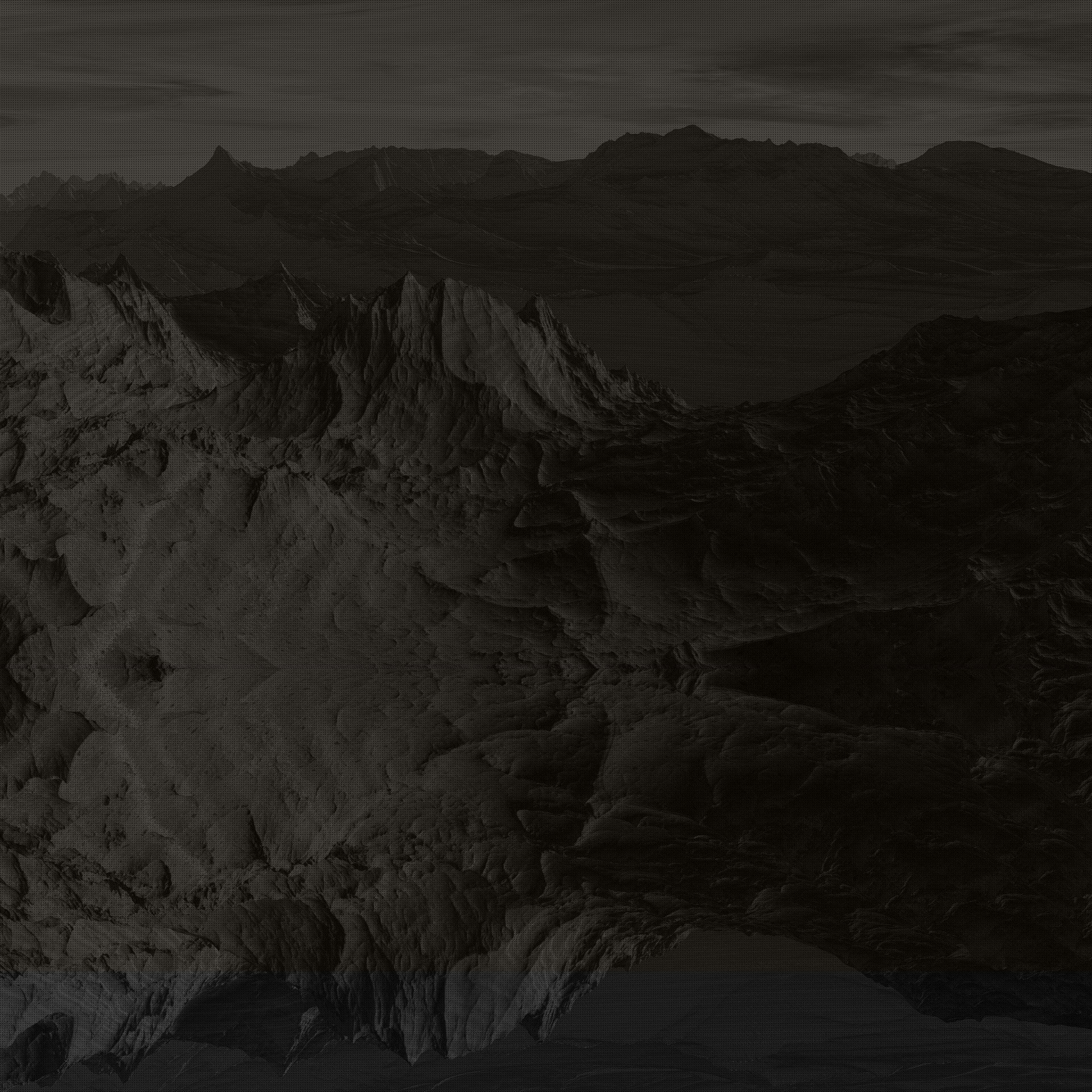In the picture
- Michael Walcott
- Sep 28, 2016
- 2 min read

When it comes to low-budget indie filmmaking, few have access to all the latest devices. If borrowing equipment for free is not an option opened to you, the only other recourse is to hire or buy what is needed. Personally, I try to avoid hiring equipment unless it is something prohibitively expensive or so specialist that I know we will not have use of again. However, I am always conscious of the downside of new technology; today’s latest and greatest can quickly become tomorrow’s bargain basement museum piece!
For the new feature that we are working on, I made the decision to shoot it on a DSLR rather than a traditional video camera. Although I have been using DSLRs since 2004 when Nikon released the D70; as a videographer, I was late to the party when it came to using them for video. When we were making the Boars Head documentary in 2013, I had briefly used a Nikon D5100 to shoot some scenes, due to the main camera, a Panasonic AG-AC160A going off for servicing. Although the pictures coming out of this camera had a nice cinematic quality, it was somewhat of a nightmare to control, especially when using it outdoors.
The next potential candidate I looked at was the Sony A5100, which is a mirrorless interchangeable lens camera. Despite its tiny size in comparison to my Nikons, I was pleased by the quality of the images that came out of it. When I shot some test footage during a performance by White Noize, I was pleasantly surprised by its ability to resolve low light at higher ISO/gain settings. Although this camera offered much of the functionality I required as a videographer, it was sometimes awkward to operate due to its diminutive size.
If I was ever going to settle for a DSLR to shoot high quality video, I always thought it would have been a camera from Nikon. Going with another camera system would have meant having to give up my collection of lenses which I had acquired over the years. In photography circles, there has been an age old rivalry between the camera giants of Nikon and Canon. Whilst there has never been a clear winner when it comes to cameras for still photography, Canon has always had the edge when it comes to video functionality. To my dismay, Nikon still does not seem to have an affordable camera model that entirely satisfies my video requirements.
Having almost given up hope of ever finding what I was looking for, I read some very positive reviews on a camera by Panasonic called the Lumix GH4. Since I was already familiar with Panasonic'a line of video cameras, I had high expectations for it. Here was a still camera that did a better job of being a video camera, than a traditional video camera costing many times more. Even better, with the addition of a Metabones Speedbooster, I was able to using my collection of Nikon lenses with the camera.
In a future blog I will discuss some of the challenges of shooting and editing our new feature in 4K UHD.



Comments